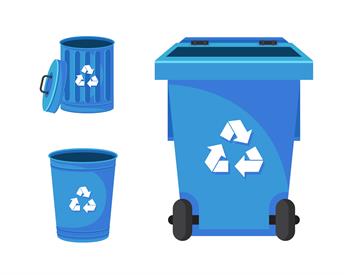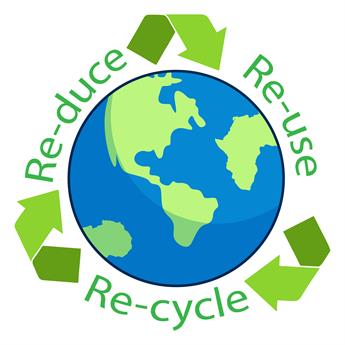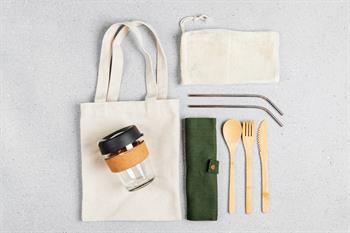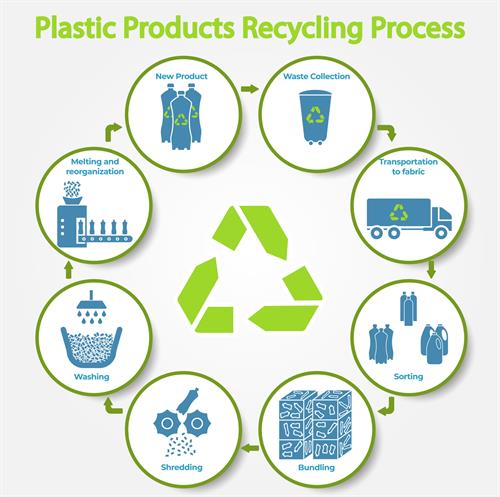PDF chapter test TRY NOW
Garbage produced by a single person may seem small, but when seen collectively, it forms a big heap. If this garbage is not removed from home or surrounding, the environment becomes dirty by releasing a foul smell.
This garbage attracts a lot of organisms (cockroach, flies and mosquitoes) which may cause and spread various diseases.
The garbage collected from different areas by the sanitary staffs of the Municipality through tractors. They are then put into a big open garbage dumps of particular locations or regions. In these dumps, all the wastes are mixed.
Sometimes, there might be fire in these open dumps. When non-biodegradable wastes like plastics are getting burnt, unhealthy chemicals are released into the atmosphere that pollute the environment. The chemicals are mixed into the air and are thus present in the air that we (living organisms) breathe.
There is also leftover ash that remains after burning the waste. The ash pollutes the soil. When there is rain, the dangerous chemicals present in the ash gets into the ground. Some rain does not reach the ground as it collects in the plastic garbage at these open dumps.
Important!
The small pools of water is the breeding ground for mosquitoes. The mosquitoes spread unwanted diseases like malaria and dengue.
Cattle like cows, buffaloes, and dogs go into the open dumps looking for food. As food waste is mixed with plastic, animals may consume some plastics accidentally. Thus the animals become sick.
The Solid Waste Management (SWM) rules, 2016 says that wastes must be segregated in three streams:
- Green dustbin to collect a biodegradable wastes that can be degraded into compost.

- Blue dustbin to collect garbage like plastics, paper, glass, metal that can be recycled and used again.

- The domestic hazardous wastes are collected separately. Domestic hazardous waste like discarded paint drums, CFL bulbs, tube lights, expired medicines, used batteries, used needles and syringes are also non-biodegradable and discarded separately.
Waste management of solids:
Since non-biodegradable wastes cannot be decomposed, the disposal poses a big problem and a threat to the environment.
The non-biodegradable wastes can be managed by following 3 R's - Reduce, Reuse, and Recycle.

3R's - Reduce, Recycle, Reuse
Avoid or Reuse:
Avoid usage of unwanted materials that create more debris.
Example:
Avoid buying packaged foods. Refuse to buy, use and throw away the products made from plastics.
Reduce:
Reduce the waste through usage of durable goods (which lasts longer) instead of things which are used once and thrown away.
Example:
Writing on both sides of papers. Instead of unwanted printing, usage of electronic facilities is done. Sharing of newspapers, magazines with others. Use of plastic cutlery must be reduced and substituted with cutlery made of bamboo and bags made from plastic.

Use of co friendly bamboo cutlery, eco bag and reusable coffee mug
Reuse:
Re-usage means using things again and again, rather than single usage.
Example:
Instead of plastic bags, use and throw pens, batteries, usage of cloth bags, fountain pens and rechargeable batteries are advised. Glass bottles can be reused. Footwears can be repaired and used.
Recycle:
The process through which waste materials are used to create new products is called recycling.
Example:
Old clothes are recycled to make paper, melting plastics to make floor mats, plastic boards and hose pipes.

Recycle
